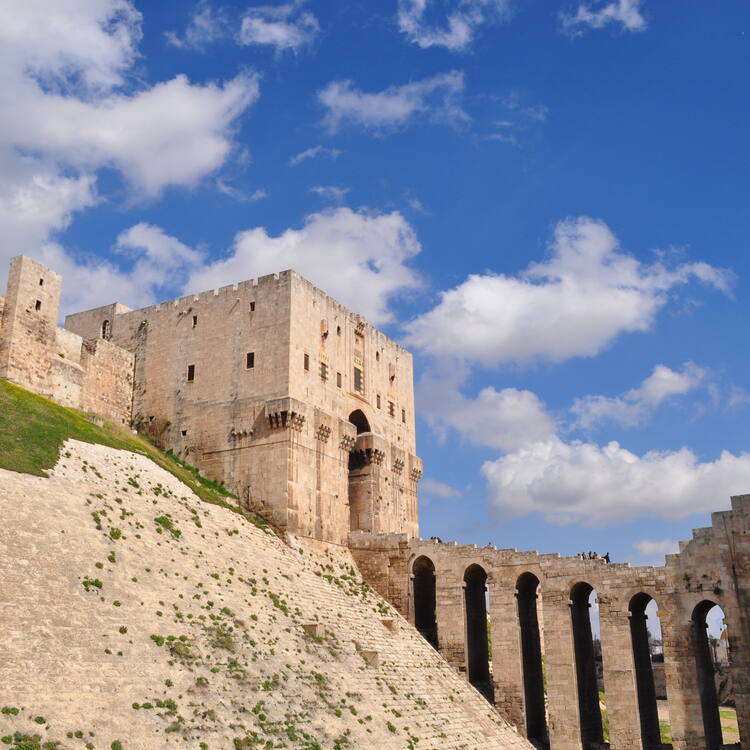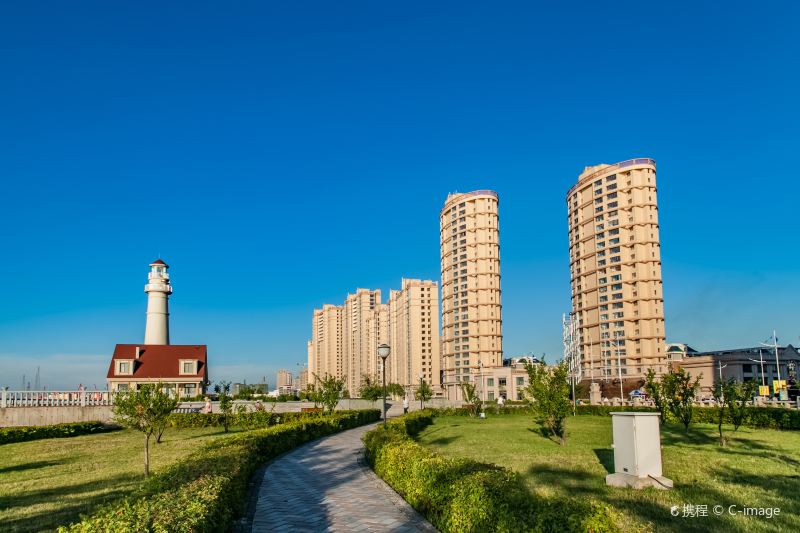Aleppo is one of the oldest continuously inhabited cities in the world, with settlements dating back over 5,000 years. Here is an in-depth look at the history and etymology behind the name of this iconic Middle Eastern city.
Origins in the Ancient World
Archaeological evidence shows that Aleppo has been inhabited since perhaps as early as the 6th millennium BC. It is believed the city was originally an Amorite town, founded in the 3rd millennium BC. Under the name Ḫalman, the city was mentioned in texts from the kingdom of Ebla around 2500 BC. During ancient Mesopotamia, control of Aleppo was held at various times by the Eblaites, Assyrians, Amorites, Hittites, Mitanni and Egyptians.

Rise as an Important Trade Center
Strategically located along ancient trade routes, Aleppo began to flourish as a center for trade and commerce in the late 2nd millennium BC. By around 900 BC, during the Neo-Assyrian Empire, it had grown into an important city. Aleppo was then part of Aramea, a region within the Assyrian realm. This position allowed it to control important trade roads leading to Anatolia and the Mediterranean.
Arabic and Islamic Influence
In 636 AD, Aleppo was conquered by the Rashidun Caliphate, beginning its rule under Islamic dynasties. The city became an important stop on the Silk Road trade route, connecting Europe with China. This brought tremendous wealth that supported artistic, cultural and scholarly pursuits. Significant buildings from this era include the Citadel of Aleppo and many medieval covered souks.
Ottoman Rule and Modern Times
Aleppo came under Ottoman control in 1516 and thrived as a center for cotton, textiles and leather goods. However, the discovery of new maritime trade routes in the 16th century diminished Aleppo’s role. The city’s historic Old City remains remarkably intact from Ottoman and earlier periods. However, Aleppo has suffered enormously due to the ongoing Syrian civil war, with many historic sites damaged or destroyed.
The Meaning and Origins of its Name
The city’s name in Arabic is حلب (Halab). According to folk etymology, this comes from the root حلب (ḥalaba), meaning “to milk” - referring to the legendary story of Abraham providing milk to travelers. Linguistically, the name is believed to originate from the past tense form of the verb ḥalaba - giving it the literal meaning of “the milking place”. Through Ottoman Turkish influence, the final consonant changed from b to p - leading to foreign names like Aleppo in Italian, English and French. However, within Arab culture the name remains as Halab, with the ‘b’ sound predominating historically inside and outside the native Arabic language.
A Global Trading Hub with Rich Cultural Heritage
Development as a Crossroads of Trade
Aleppo’s location at the crossroads of Asia, Africa and Europe allowed it to develop as a major trade center with a mix of cultural influences. By the 13th century under the Ayyubids and Mamluks, it had become one of the most important markets on the route between Europe and Central Asia. Goods from as far away as China and India were bought and sold in the many covered souks of Aleppo.
A Scholarly and Artistic center
Wealth from international commerce supported the development of scholarship, art and architecture in Aleppo. It became renowned as a center of Islamic education, home to many madrasas and libraries. Artistic traditions from Byzantium, Persia and further east blended in the local style. Notable surviving structures include the Citadel, Umayyad Mosque and remains of the vast covered markets.
Cultural Impacts and Legacy
The cultural exchange and mix of influences in Aleppo left a significant legacy. Traditions of weaving, metalwork, pottery, soap and other handicrafts support local economies to this day. The city’s cosmopolitan nature also impacted cuisine, with dishes blending Arab, Turkish and Persian flavors. Its position on ancient trade routes helped spread Aleppo’s cultural impacts and introduced its citizens to diverse peoples and places.
Traces of History Within the Iconic Old City
Remnants of Ancient Settlements
Unearthed beneath the Old City are remains offering clues about Aleppo’s deep history. Recent excavations in the Citadel area uncovered structures dating back over 5,000 years to the early Bronze Age settlements. Further ruins indicate later fortifications and a complex of buildings from around 1000 BC belonging to the Neo-Assyrian Empire period.
Medieval Covered Souks
The most famous remnants within the Old City are its vast network of covered souks. Mazech al-Sharki, Bzouriyah and al-Madina Souks have survived for centuries as commercial hubs. Narrow alleys are lined with hundreds of shops selling goods like spices, fabrics, metals and foodstuffs. Wandering through these shaded lanes still evokes the lively atmosphere of medieval trade.
Monuments from Ottoman Times
Impressive structures like the towering Citadel and the expansive Umayyad Mosque with its ornate minaret date back to the 13th-14th centuries under Mamluk and later Ottoman rule. Within the old walls are also many elaborate caravanserais and hammams once used by merchants. These grand monuments stand as a testament to Aleppo’s former glory as a center of commerce.
A Symbol of Resilience Despite Turbulent Times
Years of Conflict and Damage
Unfortunately, Aleppo’s iconic Old City saw great destruction during the ongoing Syrian civil war beginning in 2012. Heavy bombardment from both government and rebel forces severely damaged many historic buildings and infrastructure. Once-bustling streets lay in ruins, and beautiful monuments suffered or collapsed.
Hope for Reconstruction
While the human costs have been immense, reconstruction efforts have now begun with support from UNESCO and other groups. The Citadel area and some covered souks have been stabilized. Going forward, carefully restoring and redeveloping the Old City in an accurate and sensitive manner will help right the wrongs of war while keeping Aleppo’s rich heritage alive.
A Resilient Cultural Symbol
Despite facing turmoil, Aleppo’s long history shows its remarkable resilience. For over 5 millennia its strategic location ensured it remained influential as a global trade emporium. Its cultural legacy also endured through periods of decline, keeping alive local crafts, cuisine and character. With hard work, Aleppo can reemerge as the vibrant and welcoming Middle Eastern city once cherished by so many. Its symbolic role representing cross-cultural exchange is one that deserves to continue.

 Exploring Lesser Known Sights in Jiamusi City, Heilongjiang Province
Exploring Lesser Known Sights in Jiamusi City, Heilongjiang Province